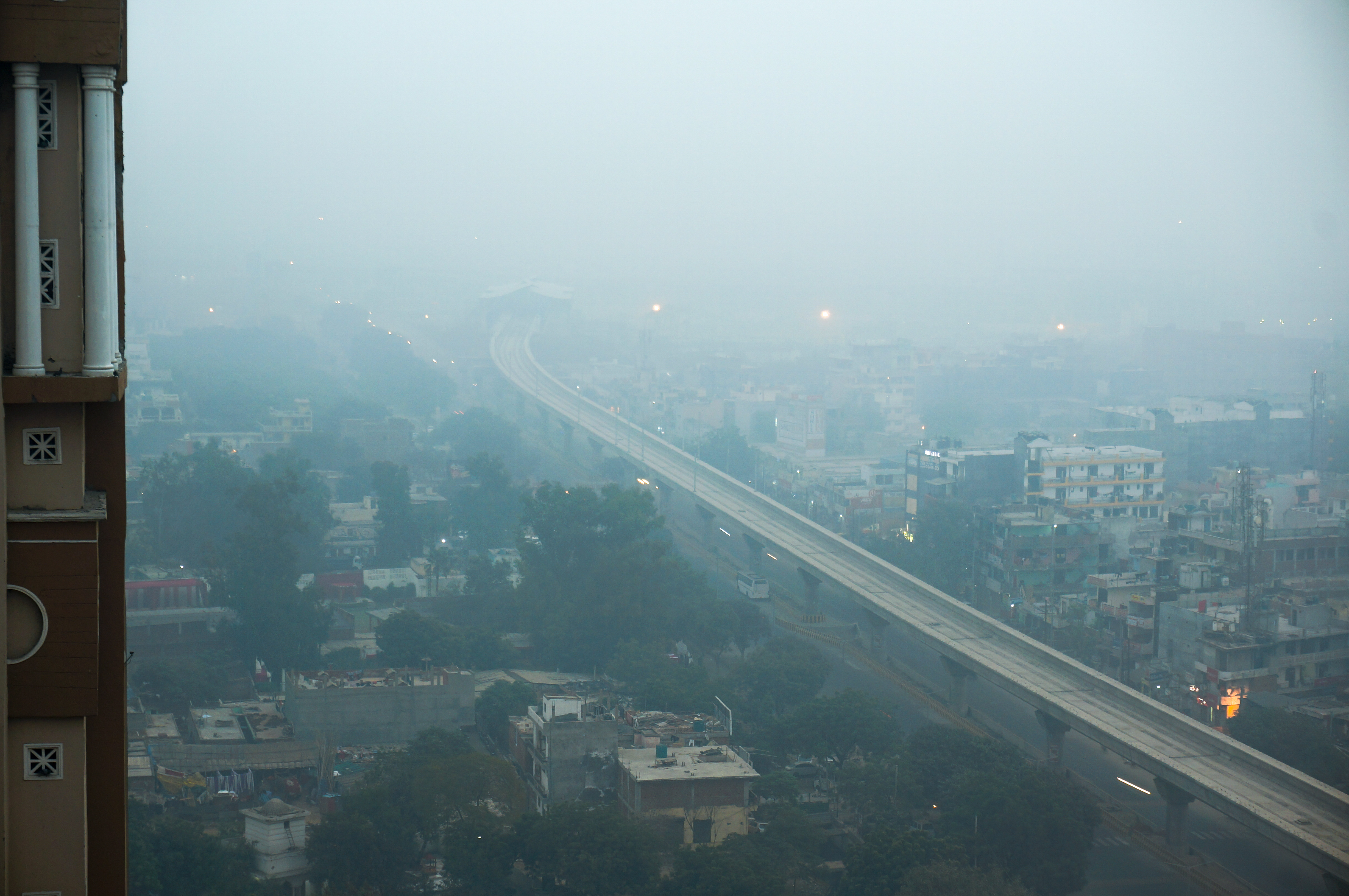The city’s air quality has mostly hovered in the “poor” range for the past fortnight and environmentalists predict it would only worsen unless the enemies of clean air within the city are slayed.
Foul air during a period with no festival, no firecrackers and no extra traffic point to the dangers that lurk within the city. Several environmental scientists listed diesel vehicles, coal ovens at streetside eateries and construction and demolition as the prime sources of air pollution in the city.
An analysis of the city’s air since November 10 showed the quality was “poor” on most days. The National Air Quality Index states that “poor” air quality can cause “breathing discomfort to most people on prolonged exposure”.
The city’s air quality starts worsening in October every year and is at its filthiest in December and January. This happens because of a weather phenomenon in which the wind velocity drops and pollutants are unable to disperse. Also, “temperature inversion” does not allow vertical circulation of hot and cold air like in summer or the monsoon and the pollutants remain afloat closer to the surface for a long time, said a scientist with the state pollution control board.
“We cannot control a weather phenomenon. What we can do is to take steps so that the local sources of pollution are controlled and pollutants do not pile up in the air,” said the scientist.
Pollutants are released in the air in summer, too, but the higher wind speed leads to quicker dispersal. In winter that does not happen, explained the scientist.
Sudarsan Neogi, a professor of chemical engineering at IIT Kharagpur who has worked on air quality management, said the city’s greatest problem is its diesel-driven transport fleet. “It is the predominant contributor to Calcutta’s air pollution,” he said.
When diesel and coal burn, a far greater volume of pollutants is released than other fuels. Phasing out of the city’s diesel-run public transport fleet would significantly improve Calcutta’s air quality, the scientist said. Vehicles more than 15 years old continue to run in the city.
“Calcutta’s pollution sources are mostly within the city. If we are able to control them, we can breathe cleaner air,” he said.
The city’s primary air pollutant is PM2.5 — particles less than 2.5 microns in size that acts as carriers of toxic chemicals. Their minuscule size allows these particles to get past the nostrils, unlike bigger particles that get stuck.
“PM2.5 is invisible to the naked eye. They enter the bloodstream and can enter all organs. This is why PM2.5 has the ability to affect any human organ,” a scientist said.
Calcutta is the country’s second-most polluted metro, after Delhi where the entire transport fleet is diesel-free.
Ajay Mittal, who manages a citizens’ platform on environment issues called Kolkata Clean Air, said the government should be more proactive in replacing diesel vehicles with greener ones.
“The government should try to replace smoke-belching old public buses with newer buses that do not run on diesel. Also, it should immediately crack down on polluting vehicles. The age of a vehicle should not be the only determining factor,” he said.











